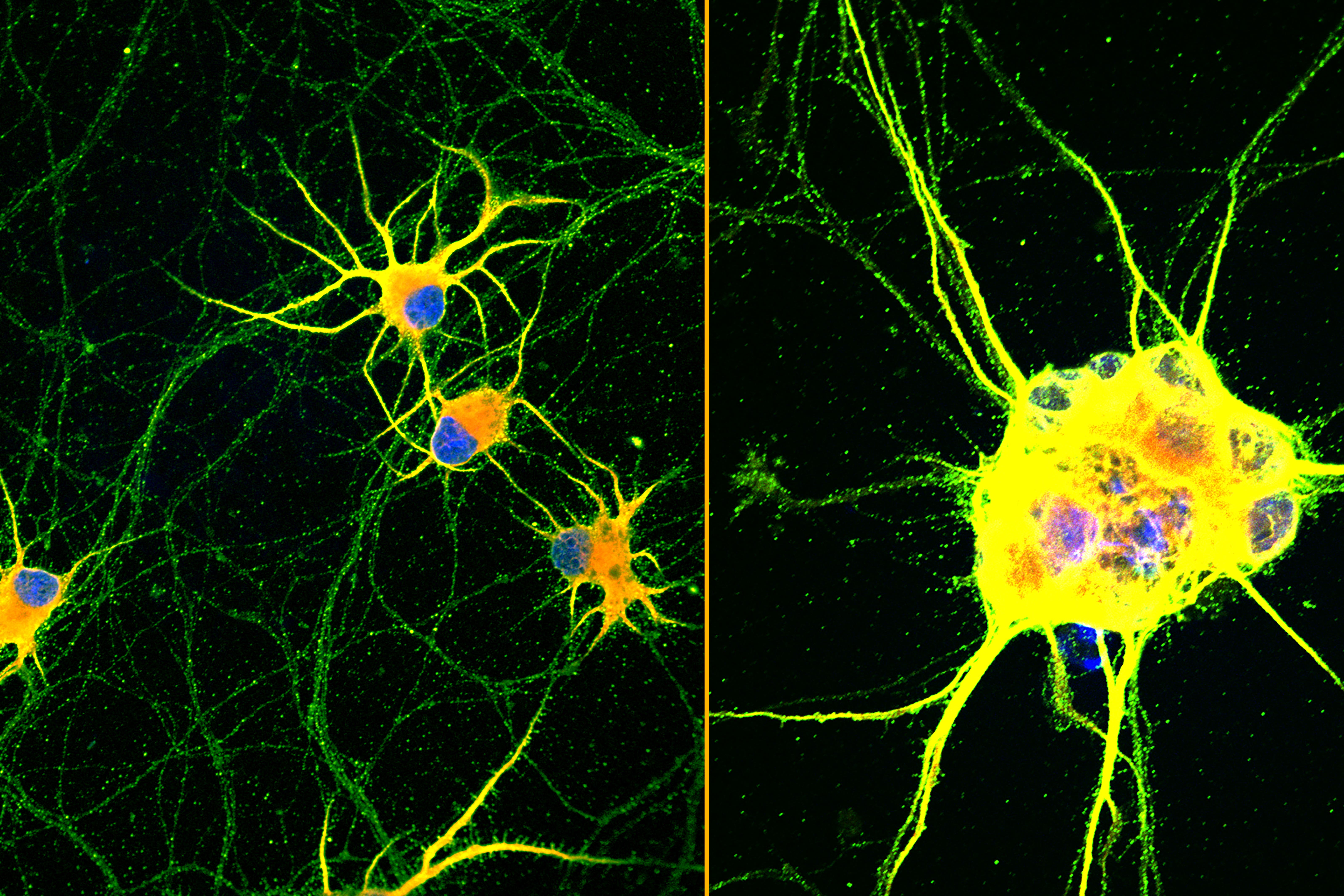Lab grown nerve cells ‘holds promise for neurodegenerative disease’
The researchers said their work opens new opportunities for medical research and potential transplantation therapies.

Your support helps us to tell the story
From reproductive rights to climate change to Big Tech, The Independent is on the ground when the story is developing. Whether it's investigating the financials of Elon Musk's pro-Trump PAC or producing our latest documentary, 'The A Word', which shines a light on the American women fighting for reproductive rights, we know how important it is to parse out the facts from the messaging.
At such a critical moment in US history, we need reporters on the ground. Your donation allows us to keep sending journalists to speak to both sides of the story.
The Independent is trusted by Americans across the entire political spectrum. And unlike many other quality news outlets, we choose not to lock Americans out of our reporting and analysis with paywalls. We believe quality journalism should be available to everyone, paid for by those who can afford it.
Your support makes all the difference.Scientists have, for the first time, created mature nerve cells in the lab which, they say, could advance research into degenerative nerve diseases and help find new treatments.
Researchers used stem cells – which have the ability to develop into many different cell types – to grow these neurons using a technique known as “dancing molecules”.
When implanted into rats, the neurons were able to function, showing electrical activity as well as signalling and branching capabilities.
The researchers described their findings, published in the journal Cell Stem Cell, as “transformative”, saying that one day, lab-grown neurons could be transplanted into patients with neurodegenerative disease or spinal cord injuries to replace lost or damaged nerve cells.
In neurodegenerative diseases, cells of the central nervous system stop working or die.
An example of this is Alzheimer’s disease, where memory and thinking skills are affected, later followed by an inability to carry out the simplest tasks.
Other examples include Parkinson’s disease, multiple sclerosis, and motor neurone disease (also known as Amyotrophic Lateral Sclerosis or ALS).
Nerve cells have been previously grown in the lab, but the scientists said these cells did not mature, which means there were not useful for furthering research into degenerative nerve diseases.
Study author Samuel Stupp, a professor of materials science and engineering at Northwestern University in the US, and his team used his so-called dancing molecules method – where molecules perform a dancing motion to engage with cell receptors – to grow mature neurons in the lab.
This involved coating the lab-grown nerve cells with synthetic nanofibres containing the rapidly moving dancing molecules.
Previous research published by Prof Stupp earlier this year showed dancing molecules to successfully repair severe spinal cord injuries in mice.
In this instance, the team found that their nano-fibre coated neurons were more mature and showed enhanced signalling capabilities as well as greater branching ability – functions that allow nerve cells to make contact with one another.
The researchers then took skin cells from a patient with MND and grew them in the lab using the same technique.
This allowed the team to understand more about how proteins in nerve cells may play a role in the disease.
Study co-author Evangelos Kiskinis, who is an assistant professor of neurology and neuroscience at Northwestern University, said: “For the first time, we have been able to see adult-onset neurological protein aggregation in the stem cell-derived ALS patient motor neurons.
“This represents a breakthrough for us.
“It’s unclear how the aggregation triggers the disease.
“It’s what we are hoping to find out for the first time.”